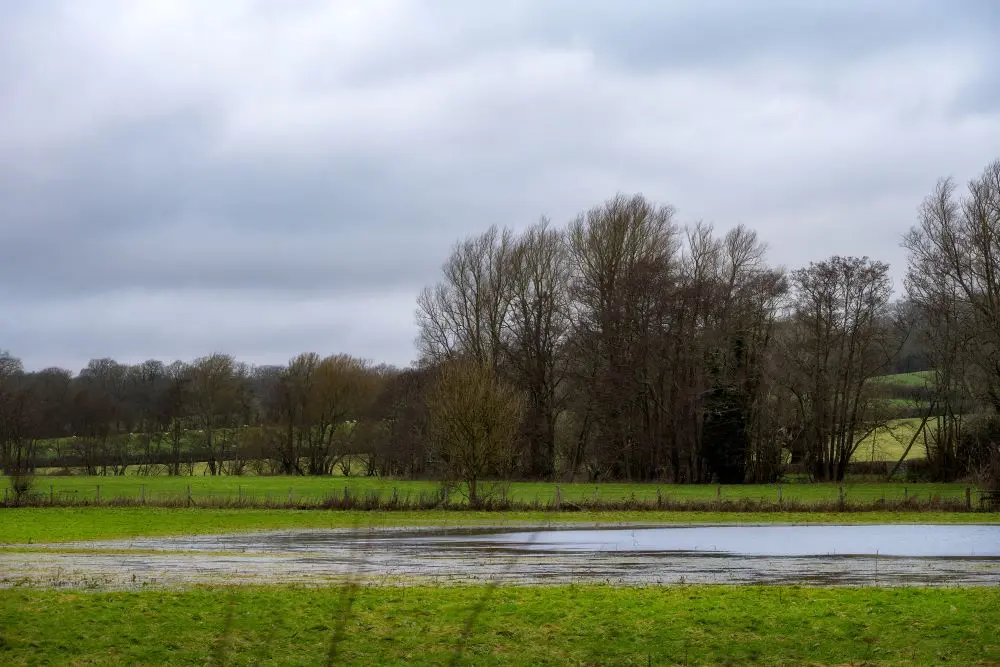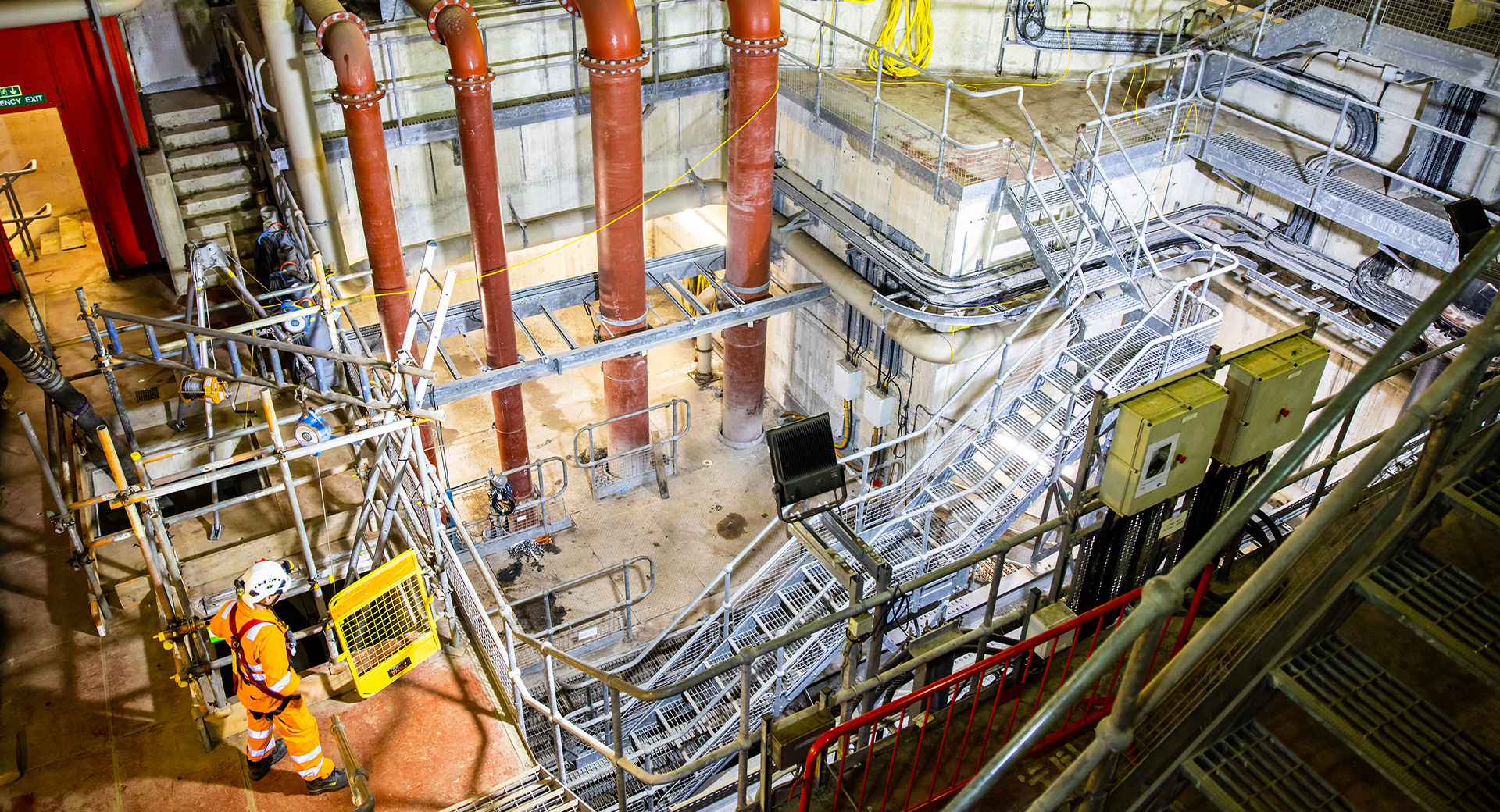Climate emergency
Water companies are on the frontline when dealing with the impacts of this climate emergency. We’re already seeing more severe and more frequent weather extremes. Since 2020, we’ve been impacted by 33 named storms, which have caused disruption to our customers’ water supply and a number of pollution events.
These extremes also effect the natural resources that we rely on, which is why we’re already adapting our business to make sure that we’re able to continue to provide the services our customers depend on every day.
This report looks at the most significant risks and what actions we can take to reduce them. These include risks to customer and public water supply, risk of flooding and rising sea levels, environmental pollution and also risks impacting other essential service, such as electricity supplies.









